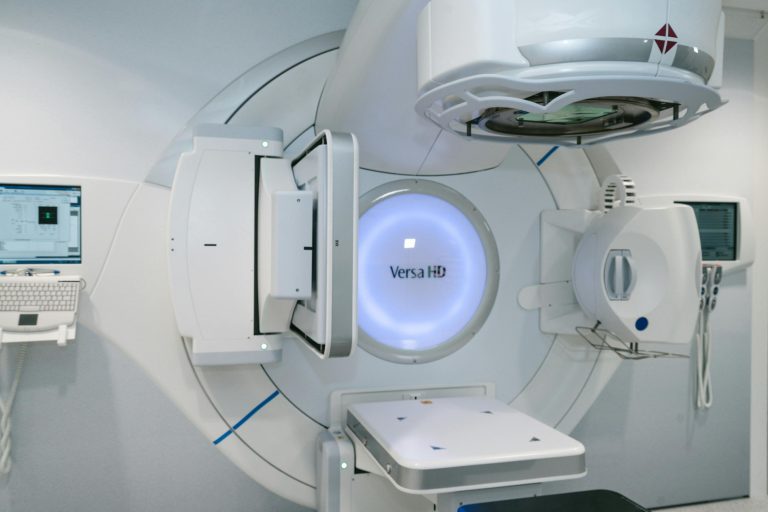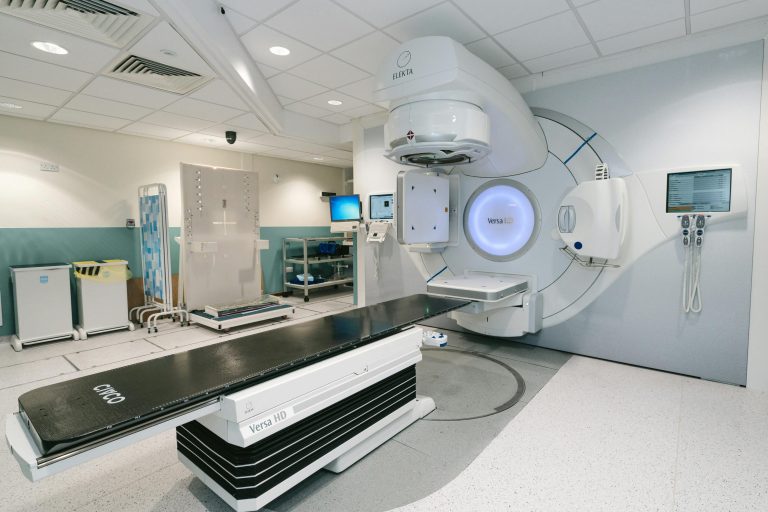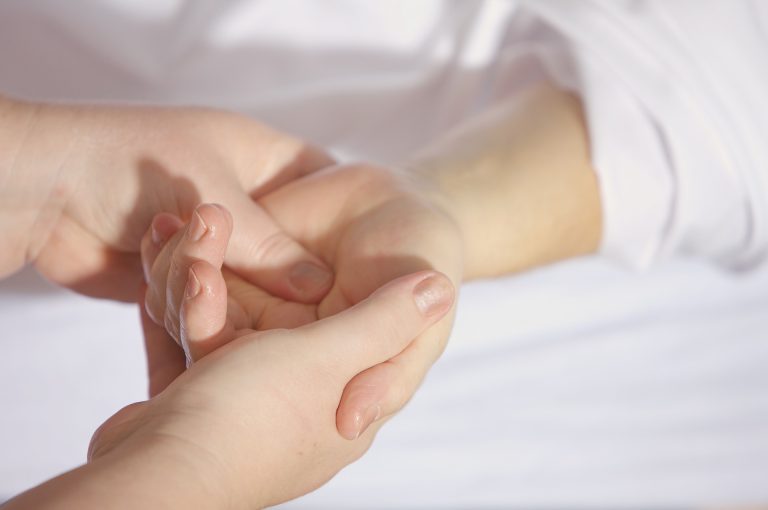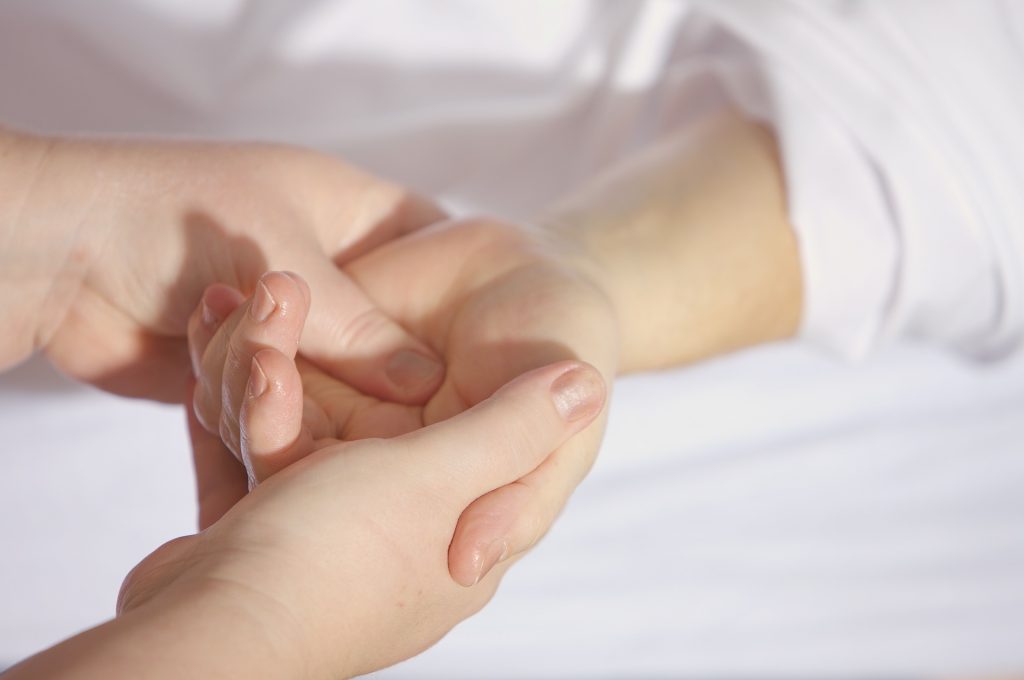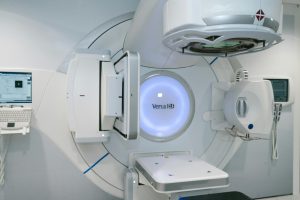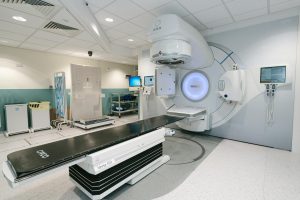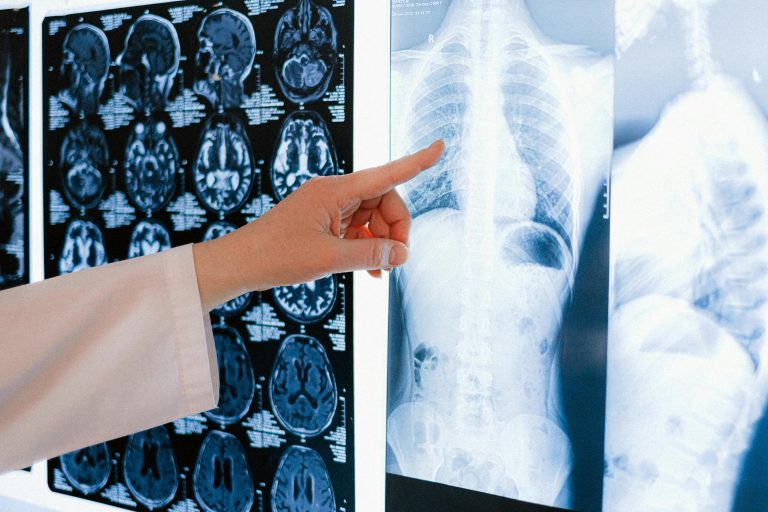The anaesthetic recovery stages in the hospital are typically divided into three phases:
Phase 1: Immediate Recovery (Post-Anaesthesia Care Unit – PACU)
Arrival: The patient is transported from the operating room to the PACU, where they are closely monitored by medical staff.
Monitoring: Vital signs, including heart rate, blood pressure, oxygen saturation, and respiratory rate, are continuously monitored.
Awakening: The patient begins to regain consciousness. Nurses assess the patient’s level of consciousness and responsiveness.
Pain Management: Pain levels are assessed, and appropriate pain management is administered.
Nausea and Vomiting: Anti-nausea medications may be given if the patient experiences nausea or vomiting.
Respiratory Function: Ensuring the patient’s airway is clear and they are breathing adequately. Supplemental oxygen may be provided.
Fluid Balance: Monitoring and managing the patient’s fluid intake and output.
Assessment for Complications: Continuous assessment for any immediate postoperative complications such as bleeding, allergic reactions, or anesthesia-related issues.
Phase 2: Intermediate Recovery (Step-Down or Secondary Recovery)
Transition: Once the patient is stable and has met specific criteria, they are transferred from the PACU to a step-down recovery area or to the surgical ward.
Continued Monitoring: Ongoing monitoring of vital signs, pain levels, and overall recovery progress.
Mobilisation: Encourage the patient to begin gentle movements and, if appropriate, get out of bed to prevent complications such as deep vein thrombosis (DVT).
Nutrition: Gradual reintroduction of fluids and food as tolerated.
Pain Control: Continued pain management, possibly including oral medications.
Patient Education: Providing information about postoperative care, including wound care, medication instructions, and activity restrictions.
Phase 3: Late Recovery (Extended Observation or Discharge Preparation)
Preparation for Discharge: Ensuring the patient is stable and meets all discharge criteria.
Education and Instructions: The patient and their caregivers receive detailed instructions regarding wound care, medication regimen, activity limitations, and signs of complications to watch for.
Follow-Up: Arrangements for follow-up appointments with the surgeon or primary care provider.
Transportation: Ensuring the patient has a safe means of transportation home.
Home Care Instructions: Providing guidance on what to expect during the recovery at home and when to seek medical attention.
Additional Considerations:
Paediatric Recovery: Children may require different approaches, including parental presence and specialised paediatric care.
Elderly Patients: Older patients might need more time in each stage and additional support due to comorbidities or slower recovery.
Complications Management: Any complications that arise during recovery, such as infections, respiratory issues, or surgical site problems, may require extended recovery time and additional interventions.
Each patient’s recovery process is unique and can vary depending on the type of surgery, the patient’s overall health, and any complications that may arise.


